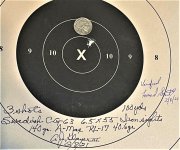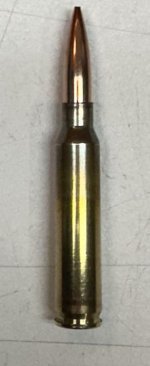We only have a 2 firing points that are 200 yards. I am happy with the load for the most part at 100 yards. Will get around to shooting 200 yards at some point. I doubt I will ever get serious enough to doing at the accuracy fine points to get where some are.
It would definitely be interesting to see what that load opens up to at twice the yardage. It's a clover leaf, so it's certainly going to spread some.



